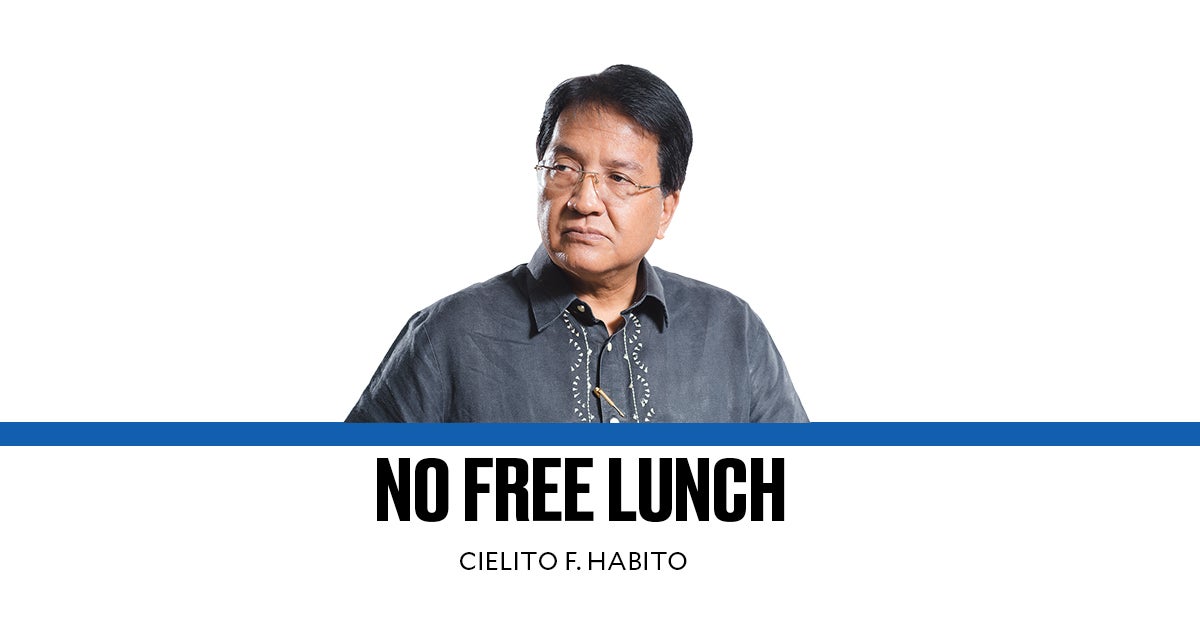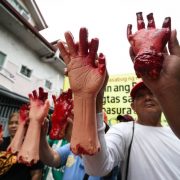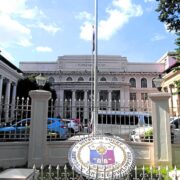What’s in BRICS for us?

Are we falling behind and getting left out again? Our close Asean neighbors Indonesia, Malaysia, Thailand, and Vietnam have already been designated as “Partner States” by the economic bloc known as BRICS. The group, whose name comes from the initials of its first five members Brazil, Russia, India, China, and South Africa, expanded this year to now include Iran, Egypt, Ethiopia, and the United Arab Emirates. Saudi Arabia has also been invited but has yet to accept.
Waiting in the wings as “Partner States” are 13 others, but the official members so far account for 35 percent of global GDP–already more than the collective GDP of the Group of Seven (G7) composed of seven of the most advanced economies, namely Canada, France, Germany, Italy, Japan, United Kingdom, and United States. BRICS also dwarfs G7 in total combined population (45 percent of world population vs. G7’s 10 percent), and covers twice the land area (30 percent of total vs. G7’s 15 percent). And with over 40 countries expressing interest to join, BRICS is poised to be a dominant grouping in the years ahead.
BRICS is considered to be the foremost geopolitical rival to the G7 bloc, with the former seen as China-led and the latter as US-led, they being the largest economies in each. Many see the rivalry as adversarial. Even so, it is said that BRICS will not (and does not necessarily aim to) supplant the US as global economic leader, but simply bring about a “multipolar” world order that gives the “Global South” a greater voice and role in the world agenda. After all, Brazil and India call themselves “nonaligned,” making it unlikely that members will align behind a common China-driven strategy. India has in fact been at odds with China, and rejects the anti-Western stance it shares with Russia and newcomer Iran. These three wish to supplant the dollar as the global reserve currency, and establish an alternative global payments system to circumvent Western sanctions on their financial dealings. But other members like South Africa and Egypt value economic diversification and the flexibility to continue active engagement with the West. And as BRICS grows further with the entry of more members, it’s less likely to take a unified adversarial stance against the Western economic bloc.
So what’s in BRICS for the Philippines? The rising economic power of BRICS spells opportunities to diversify our trade beyond traditional markets like the US and Japan. While China is already our top trading partner, its further economic expansion, along with further new markets its Belt and Road Initiative could open, will further widen trade opportunities and help strengthen our connectivity within the region. India also holds wider opportunities for us, especially in information technology services.
With our strong English-speaking populations, there is great potential for collaboration in outsourcing services, software development, and digital innovation. Brazil, Russia, South Africa, and newer BRICS members also offer unique trade prospects, particularly for Philippine agricultural and food products.
Opportunities also lie in the alternative development financing mechanisms of BRICS, like the New Development Bank (NDB) and the Contingent Reserve Arrangement. These could open new options for development finance for us, and help reduce dependency on the US-dominated International Monetary Fund and World Bank. NDB financing could also be an alternative to Chinese bilateral infrastructure loans, and offer potentially more favorable terms while diversifying our capital sources. BRICS membership could gain us more leverage in negotiations with Western financial institutions, and obtain for us more competitive loan terms from traditional lenders. Further opportunities would lie in overseas employment potentials for skilled and semi-skilled Filipinos, with many already working in BRICS countries in health care, construction, and other services.
A core motivation behind BRICS is to reduce dependency on Western economic systems and promote a multipolar world order. As the bloc strengthens, it could potentially reshape global institutions and create alternative systems for trade and finance. For the Philippines, this shift could offer a chance to balance its relations with Western powers and rising Eastern economies, enhancing its strategic resilience.
BRICS could offer the Philippines more geopolitical room to maneuver, allowing it to engage with both Western and non-Western economies without being overly dependent on any single power bloc. Closer relations with BRICS could give the Philippines alternative allies in times of regional tensions or economic crises, including in dealing with its complex geopolitical relationship with China in the West Philippine Sea.
Should we knock on BRICS’ door now? I’d say we should.
—————-
cielito.habito@gmail.com


















